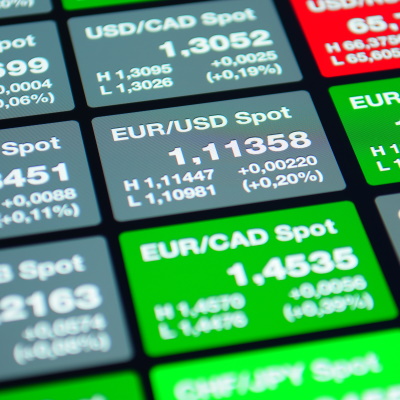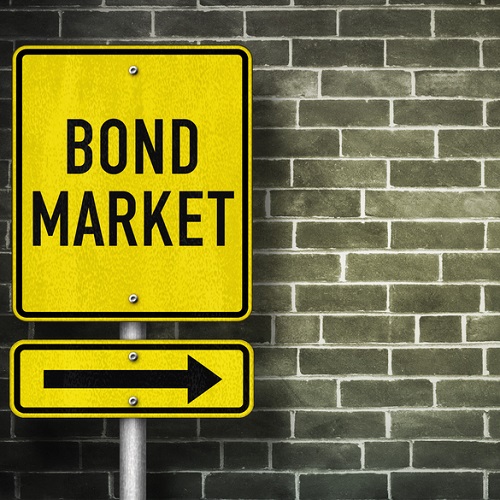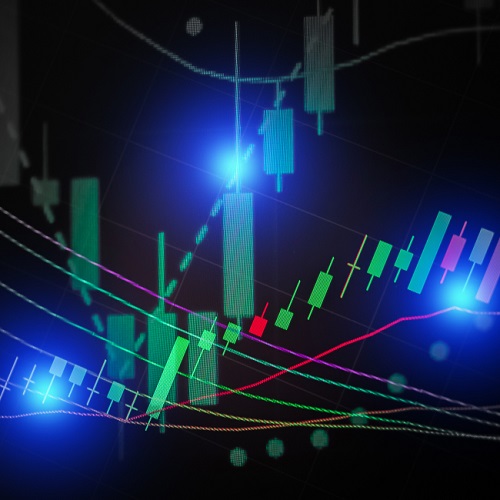What are Pips in Forex?
A pip is the smallest possible price change in the exchange rate of an FX pair. Find out how to calculate pips with Queensway and why it’s important.

Pips and Other Tiny Things
Before embarking on your journey as a Forex Trader, it is important to master some of the most basic Forex terms. An example of this is a “pip’’ or “Percentage in Point”.
So, what is a pip in Forex?
Before investing real money it is important to fully understand this concept and know how to calculate pips, since these – at the end of the day – translate into real money based on movement and contract size.
While the pip mainly measures the change in the value of a currency pair, it can also help traders better manage their risks by understanding the pip/money value of their positions.
What are Pips?
Pips are usually the building blocks of a Forex trade, as they represent the smallest price change in the exchange rate between two currencies.
According to the Bank of International Settlement, the most traded currencies in the forex market are the American Dollar (USD), the Euro (EUR), the Japanese Yen (JPY) and, to a lesser extent, the British Pound (GBP).
Most of these currencies are quoted to the fourth decimal point, which means that the smallest unit of change is this fourth number after the decimal point. The only currency to which this rule doesn’t apply is the Japanese Yen, as the pip of all Yen-denominated currency pairs is located in the second decimal places after the zero.
Let’s say you want to invest in the EUR/USD currency pair.
The first thing to know is that the EUR is the base currency while the second currency (the US Dollar, in this case) is the quote currency. When you’re trading the EUR/USD, you’re comparing the value of one EURO to its value in terms of US Dollars.
If the pair is quoted at 1.0909, that means that 1 EUR can be exchanged for 1.0909 USD.
How do Pips work? Here’s an Example…
Let’s imagine you open a long position on the currency pair at 1.0909.
Now that the currency pair has been trading higher, you want to close your trading position. The currency pair is now trading at 1.0911, which means that it has gained 2 pips (footnote: for the sake of simplicity, we will ignore your opening BUY price and your closing SELL price – the difference being the spread, which we explain below).
As a trader, it is extremely important to remember that in Forex trading, profits or losses are calculated in pips. Your brokerage will calculate the pip value for you, but it is key to thoroughly understand how pips work and how to monitor their fluctuations on a currency chart, as it can affect your overall performance.
Coming back to our previous example, how does this translate into profit?
In Forex trading, you make money by selling a currency for a higher price than what you purchased it for.
So, using the above example, had you bought the U.S. Dollar for 1.0909 and then sold it for 1.0911, you would have made 2 pips. Your profits will depend on the size of your position.

The standard size of a Forex position is called a “lot”, which represents 100,000 units. As it can be a lot of money to gather and invest in the FX market, brokers offer other types like a mini lot (10,000 units) and a micro lot (1,000 units).
How to Calculate Pips
Let’s say you opened a one lot position on the EUR/USD quoted at 1.0909, which means that in order to buy a lot on the EUR/USD at 1.0909, you would need to pay 109,090 USD in return for 100,000 EUR.
Now, as mentioned, the value of the pair rose by 2 pips. We must now translate that into money.
To calculate the value of one pip in our example, you need to divide one pip in decimal form (here 0.0001) by the current exchange rate – the closing one after the 2-pip rise. Then, you need to multiply the result by the notional amount of the trade.
((0.0001/1.0909) x 100,000) = 9.17 EUR is the value of one pip. Therefore, your profit will be 18.34 EUR (9.17×2). We must now translate that 18.34 Euros back into US dollars based on our current new exchange rate (18.34 x18 1.0911) – $20.01.

Another way of saying this is that we now take our 100,000 Euros and exchange it for dollars based on the new exchange rate (100,000 x 1.0911 = $109,110). Our profit: $20
Now, if you’re thinking that 2 pips (or $20) isn’t “that much” or are wondering how to come up with $109,000, do not forget about leverage.
How Leverage Can Help in your Trading
In Forex trading, you purchase currencies using leverage from your broker, which allows you to control larger amounts than what you own in your account. Accordingly, even the smallest change in pips can translate into huge profits or losses.
Leverage can magnify your profits, but it does the opposite when the markets go against you. For this reason, it should be used wisely.
But in any case, thanks to margin trading, leverage is a great tool for taking advantage of higher market exposure at a relatively low cost.
The leverage effect provided depends on the regulations your broker follows (200:1, 50:1, 2:1). This will also impact the margin requirements you need in order to open your positions and keep them running.
For instance, a 200:1 leverage means that the minimum margin requirement will be 0.5% (1/200), while a 50:1 leverage will imply a 2% margin requirement (1/50). Put simply, it’s a percentage of the total value of your position that’s needed in cash in your trading account.
 What is a Spread?
What is a Spread?
When trading any currency pair, you will quickly notice that there are always two prices available on a quote – the BID price (buying price or price on the left) and the ASK price (the selling price or price on the right). This is called the spread.
A financial spread in the FX market is the number of pips between the Bid price and the Ask price. It often represents the way your broker makes money.
The value of a currency pair spread will mostly depend on the liquidity of the underlying pair (major vs minor vs exotic pairs). Depending on the trading volume, favourable spreads can apply.
Spreads can either be fixed or variable. Fixed spreads might be better for news traders, as they know their trading cost in advance and won’t see the spreads vary depending on market conditions and volatility.
Once again, though, to correctly determine how much that spread is costing you, you need to be sure of the value of what the pip is in the forex pair you are trading.






